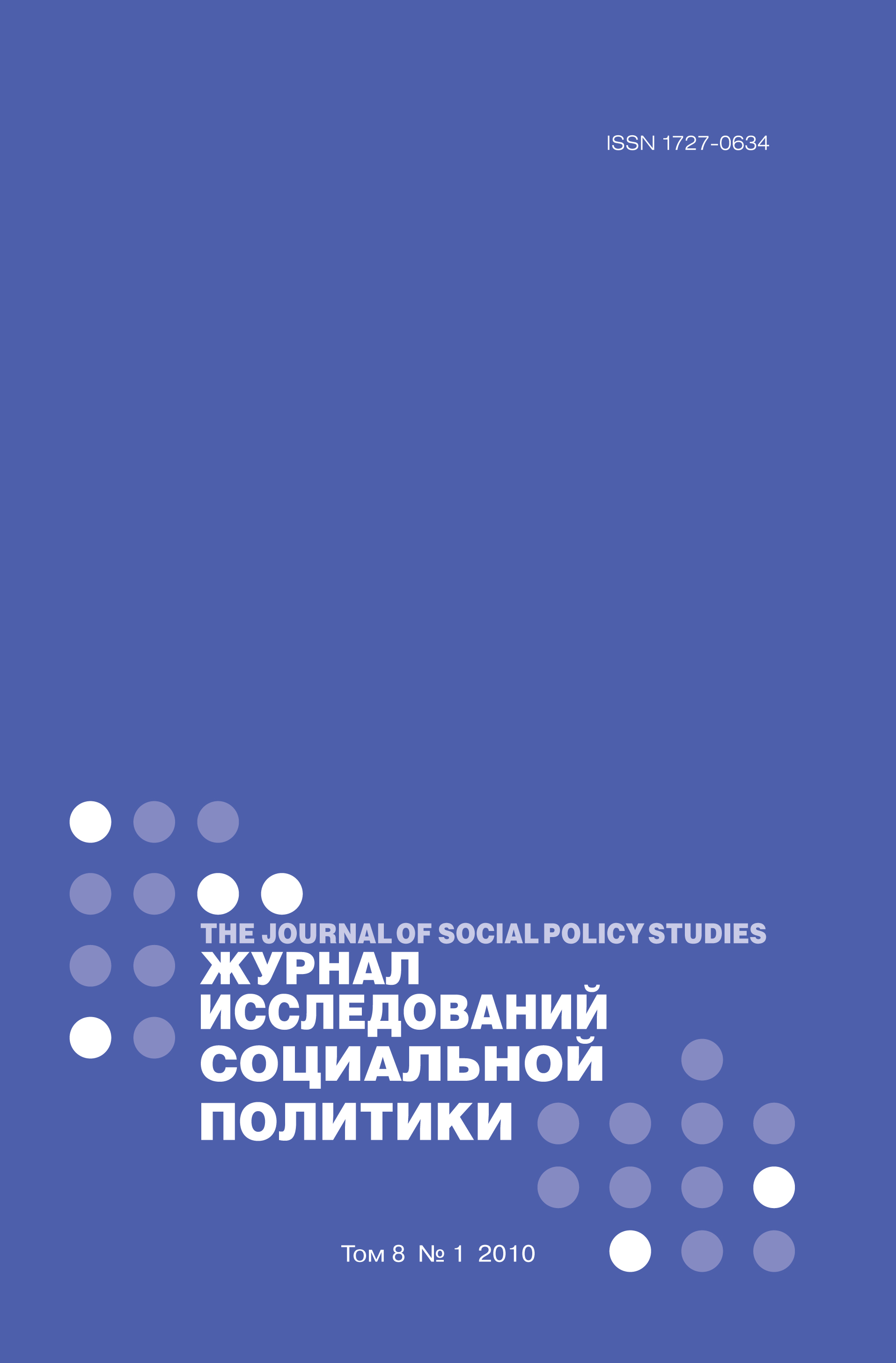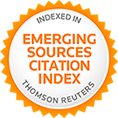The Real Basis of Soviet Power: The Socio-Demographic Characteristics of the Urban Population of Russia from 1917-1920. (From Data in the Central Industrial Region)
Abstract
The civil war of 1917-1920 was marked by a massive drop in the population, the fall of traditional social structures, new arrangements regarding property and huge changes in lifestyle. This article is interested in the realities of Soviet society and attempts to show how social groups were understood and portrayed in this key period. This means taking the ‘little man’ as the central actor, the ordinary citizen acts as the unit of measurement during a phase where the ‘social fabric’ of Russia was transformed forever. It takes as its geographical focus the Central Industrial Region, the historical, political and economic heart of Russia. New historical sources are utilized to present a new picture of changes in the demographic dynamics. Stabilization of the urban population was achieved only after the outflow of many people from the towns, many of whom were recent arrivals from the countryside and decided to return there. What was left over in the towns is analyzed here and considered to be the new basis of the Bolshevik regime. These processes reveal interesting ways as to how people were reconstituted into being part of an ‘exploiter’ or ‘exploited’ class. This means tracing how parts of the intelligentsia and old middle class adapted and survived these changes. It also shows how being labeled ‘proletarian’ or ‘bourgeois’ in this period took on new meanings to differentiate between those who could provide for themselves and those who had nothing to lose in these new extreme conditions. Overall, a picture emerges that can help shed light on the origins of modern urban life in Russia, one that underlines the disharmony between town and countryside. The deficit of resources at the hands of the new regime over 1917-1920 acted as the main cause for the increasing use of discriminatory and paternalistic methods, which constituted the basis of post-October Revolution social policy.















